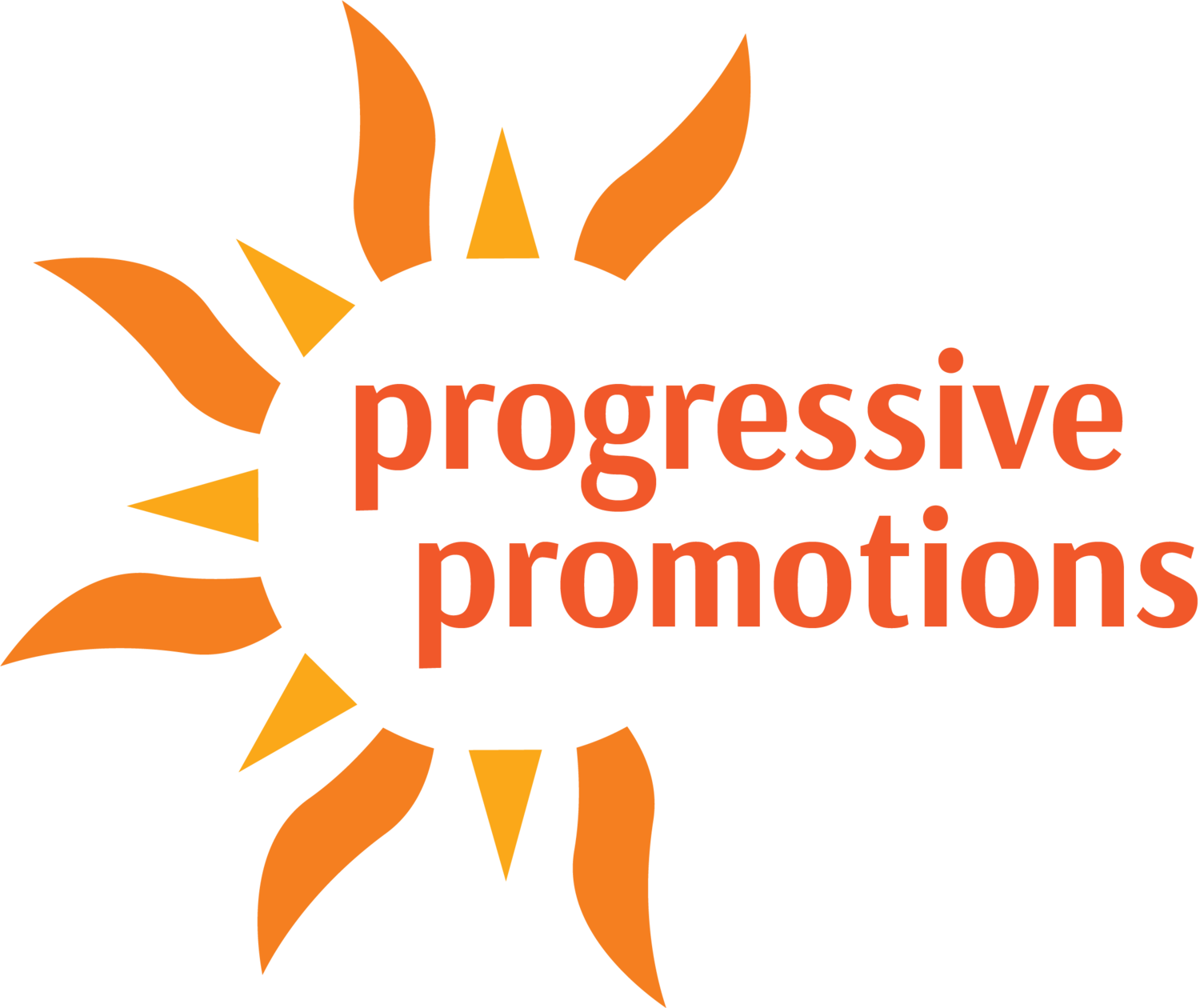The fast-pace evolution of social media platforms is daunting. Snapchat, Facebook, Instagram, Twitter, Periscope...which one does your organization need to use? Which one is actually going to stick around? Who is flocking to join it? What other platform is being gradually left out? ….and the confusing whirlwind begins.
Believe it or not, there is a way to make it simple - but you have to know a few details about your campaign first:
1. Who is your audience?
It’s usually best to figure out your target audience first - after all, who do you want to engage? Since people of similar age, ethnic background and interest tend to flock to the same platforms, knowing who you want to reach helps narrow down the social media platforms that you have to choose from.
- Want reporters or elected officials? Go to Twitter.
- Want to organize a broad range of people? Go to Facebook.
- Want to reach millennials? Go to Snapchat.
- Want to join an online community? Go to Instagram.
- You get where I’m going with this!
Doing your audience research first - defining who they are, where they are, and what they are responding to based on what’s trending - will save you hours of frustration later.
2. What is your goal?
Once I figure out my audience, I outline a clear goal of the entire campaign. Then I develop my digital strategy to get there, setting smaller benchmarks along the way to measure and track my progress as we move followers up the “14er” of Engagement, making sure that my timeline is realistic.
The fun part about digital strategy is that everything is still relatively new & it’s yours to experiment with - have a few different options for each step up to the final goal, see which one gets the best response.
3. What kind of content will you have?
So, you know your audience and you know your goal but the next big question is: what do you actually have bandwidth to create, publish, monitor and engage with?
Good content is always king, regardless of platform. Be authentic. Be genuine. Be passionate. Be a storyteller – and personal too. Be funny where possible. You can throw away nearly all a platform’s best practices if you want to - but ONLY if you have the best content out there.
Nearly one-third of all food produced in the world is wasted, but France’s new law is trying to bring that number down. (via NowThis)
Posted by Upworthy Video on Wednesday, April 6, 2016
Last year, with the help of websites like Upworthy, video rose to the top of social media content - and it shows no signs of slowing down. Creating a "readable" video for silent auto-plays has become a must. So get a team together and think: how can you make your campaign visual? What kind of stories can you tell that you'll be able to recycle and refresh through out the campaign? How can you create shorter videos that will leave your followers wanting more?
- Have a newsletter? Break it up into small chunks, reframe it as needed, then schedule the posts to share on your different platforms.
- Does a reporter or elected official need to know about your annual giving drive? Probably not, so don’t put that part of the newsletter on Twitter. Instead, opt for the advocacy ask.
- Does your everyday member need to know about how to give? Yes, throw it on Facebook with a graphic you would want to share with your friends.
- Will the funds protect a beautiful piece of land? Yes, then post it on Instagram.
4. How should you pick a platform?
By now you know your audience, your major goal, the smaller steps you want followers to take to get there, and your content to share. Now consider what platforms you already have a presence on and stick with them if they’re working for you. But if there are more people to be reached - people outside of your bubble - you should consider expanding your online reach.
Find out the personalities of each platform – and who uses each one – and decide those that could be a fit for your campaign or organization. The greatest social media mistake is not being genuine or authentic - if your organization feels uncomfortable with a platform, it’s going to feel uncomfortable to the audience, too. Want to become a long term influencer in your niche? Aim for the platforms where influencers & thought leaders are - make sure you have patience.
Don’t waste your time stressing out about being on every platform - just know your goal & audience with that platform & recycle content framed in a way that works. If you have an amazing photo, Instagram is an easy bet. An in-person event can be creative instant story on Snapchat. Facebook is a treat place to mix news and blog links with photos and video, too? Reporters love Twitter, so go there to reach them and use their favorite hashtags like #coleg.
Relax, do your research, conduct some social listening to see how influencers are already using a promising platform, then see if it works for you. Still intimidated? Check out a cheat sheet I made for a recent training:
Swap out my pup for your issue or campaign topic and see if you can mesh your organization's voice with the platform’s voice. Do you have an offline portion of your campaign? See how you can layer it with your digital strategy.
This cheat sheet is by no means complete or a silver bullet for helping you decide what platforms to engage, but I hope it makes learning social media easier. Overall though, knowing who your audience is, where you want them to be, & creating the best content you can for the bandwidth you have is going to get you further than adopting every new platform that comes out.




